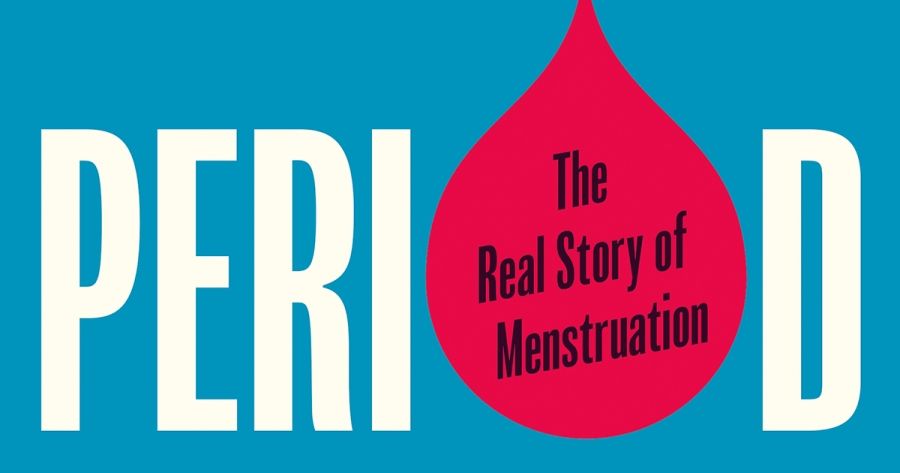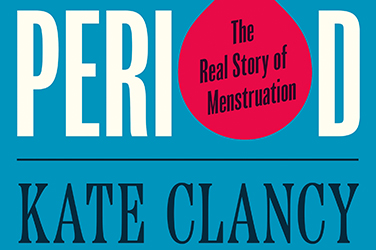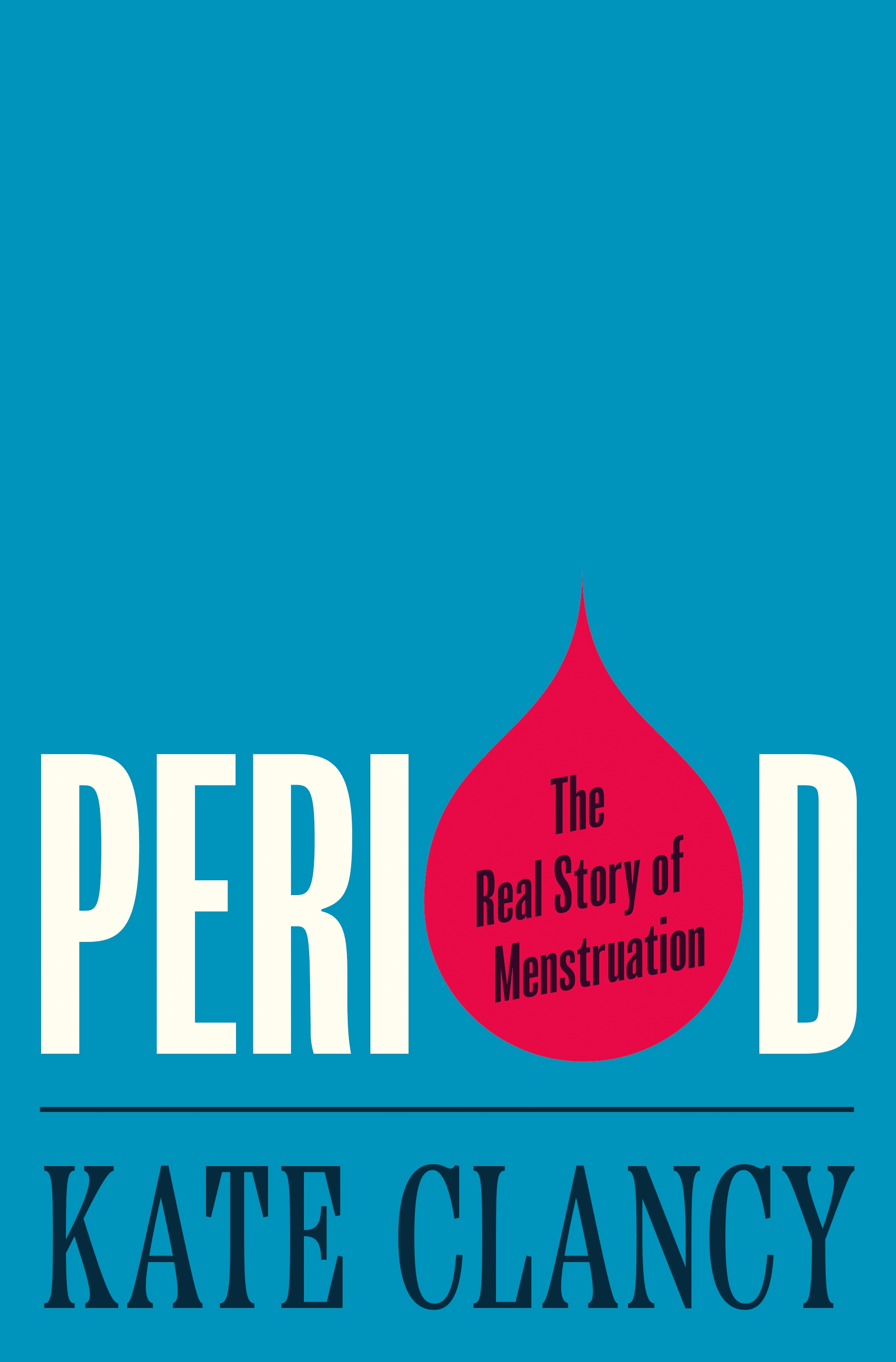
- Free Article: No
- Contents Category: Society
- Review Article: Yes
- Article Title: Secret women’s business
- Article Subtitle: A myth-busting study of menstruation
- Online Only: No
- Custom Highlight Text:
As a gynaecologist and feminist, I figured that this book would have little new to teach me. By page four, I realised I was wrong. Kate Clancy, an anthropologist by training and a serious researcher into the science underlying menstruation, takes her readers on an adventurous romp through every physiological, political, and social aspect of this monthly bloodletting and tissue-shedding that virtually all women (and other people with uteruses) experience hundreds of times during their reproductive years – myth-busting as she goes.
- Featured Image (400px * 250px):

- Alt Tag (Featured Image): Caroline de Costa reviews 'Period: The real story of menstruation' by Kate Clancy
- Book 1 Title: Period
- Book 1 Subtitle: The real story of menstruation
- Book 1 Biblio: Princeton University Press, US$27.95 hb, 259 pp
- Book 1 Cover Small (400 x 600):

- Book 1 Cover (800 x 1200):

Once I was in clinical practice, I encouraged patients to know as much as possible about the functions of their reproductive organs. Menstruation is a natural bodily process, I told them, and it’s true. But I realise now, having read Period, that I colluded in the great menstrual cover-up. Menstruation was, and is, secret women’s business and while it can be freely talked about, at least by people with uteruses and their medical attendants, its actual presence must still be concealed. In the twenty-first century, we see television advertising for tampons and other ‘sanitary’ products, but the message that menstrual blood should never be publicly visible is still loud and clear. Women in smart activewear lying on adjacent yoga mats may smile conspiratorially at one another, but no redness is seen. No bloody stain is allowed to appear on clothing, sheets, or furniture; no menstruating person giving a university lecture should interrupt that lecture to say that they need a five-minute break to change a heavily soaked pad. Those ads never ever use blood to demonstrate the absorbent benefits of their wares, but only some unnamed blue liquid. Clean. Hygienic.
In many years of clinical practice, I did not really question this. On countless occasions, I have prescribed the oral contraceptive pill or fitted hormonal implants – for contraceptive reasons, yes, but also to control or eliminate menstrual bleeding.
While doctors are undoubtedly complicit, society as a whole also colludes. Early in Period, Clancy does a thorough job of dismissing the concept of ‘normal’ women, a discussion that is fully evidence-based. First, she investigates body shape, then moves on to the menarche, the age at the first menstrual period, and finally the menstrual cycle itself. The mostly white, mostly male scientists and medicos of the nineteenth and twentieth centuries proclaimed the ideal of the able-bodied, white, straight man or woman, calculating averages only from a set of desirable populations, ‘excluding people of colour, queer people, disabled people, and anyone who might dare to occupy multiple of these identities’ in order to produce a description of the size and shape of ‘normal’ woman (and man). But further investigations produced few actual people with dimensions corresponding to ‘normal’. Similarly, well-conducted recent research has shown a wide variation in age at menarche, and few menstruating people reporting regular twenty-eight-day cycles from menarche up until menopause. Particularly in the teenage years, and the years prior to the final period, cycles can vary greatly in length, as can the number of days of bleeding and the heaviness of the loss, and still not be ‘abnormal’.
Clancy the scientist spends much of the book explaining exactly what happens to the endometrium throughout the menstrual cycle, and what is simultaneously going on in the ovaries, the pituitary gland and important areas of the brain, in a series of loops that produce either a period, or, less often, support an ongoing pregnancy. While it may be helpful to have a science or medical background for some of this, most of it is easily accessible to lay readers. Elsewhere, Clancy the anthropologist describes attitudes to menstruation of people not fitting the ‘normal’ white stereotypes, such as the Hupa Indian people of northern California, who traditionally provide community houses for menstruating people, and for whom ‘menstruating women were part of the luck that men of the tribe utilised when they were hunting or needed protection’.
Clancy, though a proud menstrual activist, cautions that ‘menstrual activism often suffers from a desire to conceal and manage menstruation rather than make room for it in the world’. Activism frequently involves providing tampons or pads for people who need but cannot afford them, and thereby reinforces the idea that bleeding must be hidden. She also points out that while eating, and emptying bladder or bowels, are bodily functions that are controllable by people from an early age, menstruation is ‘something that happens that you cannot stop and start’.
Clancy’s final pages are a detailed discussion of what a better menstrual world would look like – one seeking to repair damage already done by menstrual stigma, and collectively working to be much more open at many levels – in schools, hospitals, workplaces, and government – to prevent future stigma. All of which is laudable. Although it will likely be some time before we see women on television leaving bloodstains on their yoga mats, the book is a must-read for anyone who menstruates, has menstruated, or will do so, and all those close to them – and, one hopes, a map for the future.


Comments powered by CComment